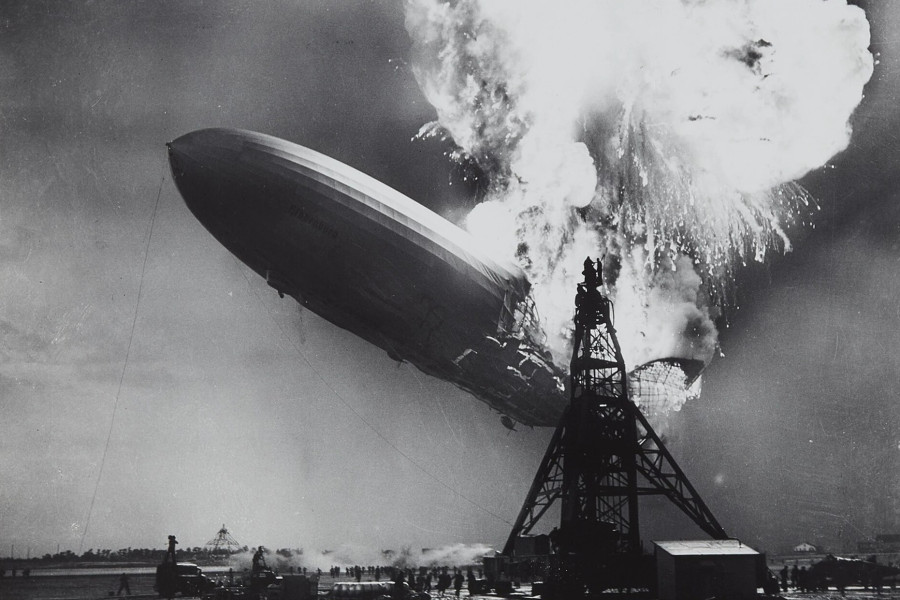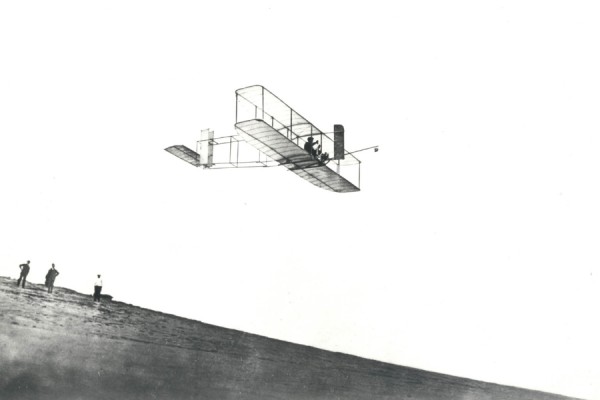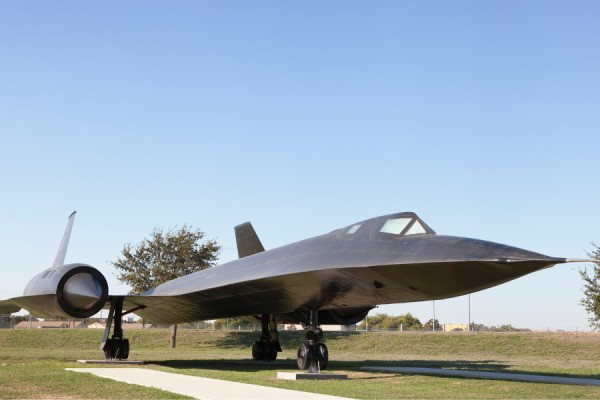- History
- 1 year before
Hidenburg Zeppelin Disaster for Airmen
Uncover the Hindenburg tragedy: Dive into the opulence, catastrophe of zeppelins, and how the 1937 airship fire reshaped aviation safety standards
-

- 1 year before
- Category: History

The Hindenburg: A Symbol of Aviation's Greatness and Tragedy
In the annals of aviation history, the name Hindenburg stands out as a symbol of both remarkable achievement and tragic loss. Before delving into the heartbreaking story of the Hindenburg disaster, let us journey back in time to explore the awe-inspiring era of zeppelins and understand their significance in the early days of air travel.
Magnificent Zeppelins: Icons of an Era
At the turn of the 20th century, the world was captivated by a novel form of transportation that defied gravity: zeppelins. These colossal airships, masterminded by the visionary Count Ferdinand von Zeppelin, showcased the immense potential of air travel. Combining the elegance of luxury travel with the thrill of exploration, zeppelins offered an unparalleled experience in the annals of transportation history.
Zeppelins represented the pinnacle of aviation technology of their time. Filled with highly flammable hydrogen gas, these massive, matchbox-shaped behemoths floated across the skies with an ethereal grace. These airships were not merely modes of transport; they were symbols of national pride, testaments to technological prowess, and emblems of human ingenuity.
Among the iconic zeppelins, none was more renowned than the Hindenburg. Completed in 1936, the Hindenburg was a gargantuan airship measuring 245 meters in length—nearly the size of three football fields—and represented the zenith of engineering accomplishment. Its exterior was adorned with the swastika insignia of Nazi Germany, reflecting the political landscape of the era.
The Hindenburg was not simply an engineering marvel; it was an oasis of luxury in the sky. Passengers aboard the airship reveled in opulent cabins, dining halls that rivaled the finest hotels, and a promenade deck that offered panoramic views of the world below. This was the redefinition of truly luxurious travel.
Fateful Day: The Hindenburg Disaster
On May 6, 1937, the Hindenburg was scheduled to dock at the Naval Air Station Lakehurst, marking the end of its transatlantic voyage. What was supposed to be a triumphant arrival turned into a catastrophe that would forever alter the course of aviation history. As the airship approached the mooring mast, disaster struck. A spark ignited the highly flammable hydrogen gas within the airship, triggering a devastating inferno.
The once-magnificent Hindenburg, now engulfed in flames, plummeted to the ground, becoming an unforgettable spectacle that etched itself into the annals of world history. Of the 97 people aboard the airship, 36 perished, along with one ground crew member. The disaster left an enduring scar on aviation history, forever changing the perception of air travel's safety and viability.
Legacy of the Hindenburg Disaster
The Hindenburg disaster marked a watershed moment in aviation history. The catastrophic event had far-reaching consequences, leading to a series of changes that would redefine the future of air travel.
Transition from Hydrogen to Helium
The most significant change was the abandonment of hydrogen gas in favor of helium as the lifting medium. Helium, while less buoyant than hydrogen, is non-flammable, thus eliminating the catastrophic risk associated with hydrogen. This shift significantly enhanced the safety of airships, allaying public fears and restoring confidence in the technology.
The End of an Era
The Hindenburg disaster precipitated the decline of the airship industry. Public confidence in airships plummeted, leading to a sharp drop in passenger demand. The once-thriving airship industry struggled to recover, and with the advent of World War II, the era of grand airship travel came to an end.
Lessons for Modern Aviation
The Hindenburg disaster serves as a stark reminder of the paramount importance of safety in aviation. The event became an integral part of aviation training programs, with renewed emphasis on stringent safety protocols, rigorous inspections, and strict regulations. This tragedy became a textbook case in the aviation world, underscoring the need for constant vigilance and preparedness.
Remembering Hindenburg's Legacy
The Hindenburg disaster remains a poignant testament to both the glory and the fragility of human endeavor. Zeppelins were symbols of courage in the face of the unknown, emblems of human ingenuity and aspiration. But the fiery demise of the Hindenburg reminds us of the potential risks inherent in every technological advancement, risks that must be managed with the utmost care.
As aviators, we honor the memory of the Hindenburg and its passengers by upholding the principles of safety, innovation, and continuous improvement. The Hindenburg's story transcends time, guiding us like a beacon to respect the lessons of the past and to approach the boundless realms of the sky with both determination and humility.
Thus, let the Hindenburg's tale forever serve as a guiding light in the firmament of history. May we be guided by the





